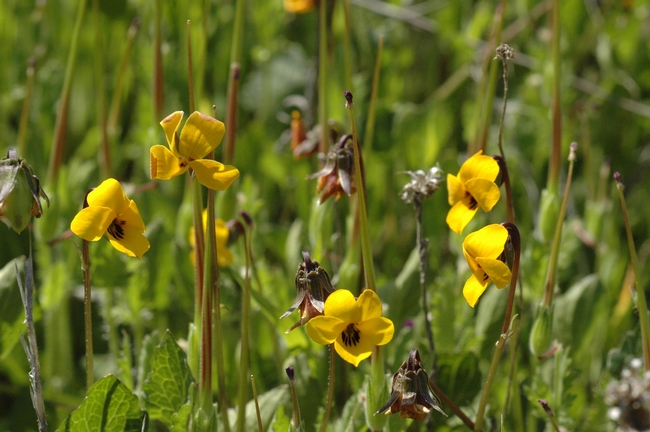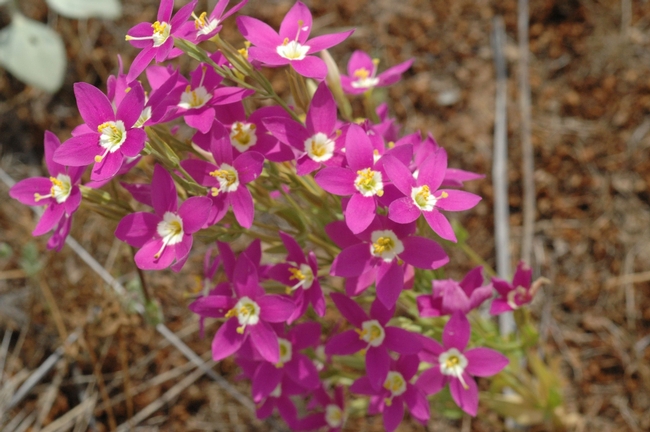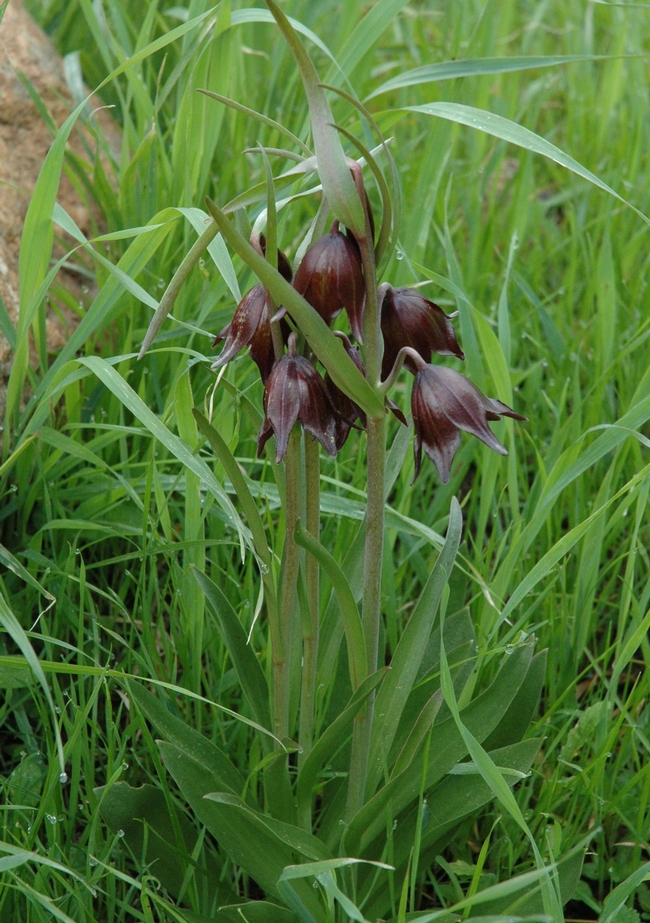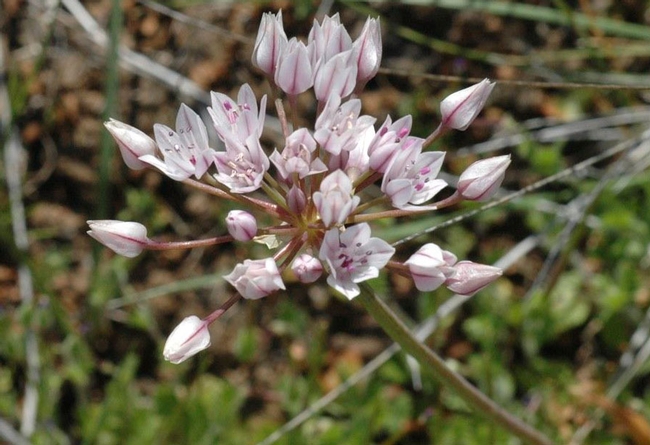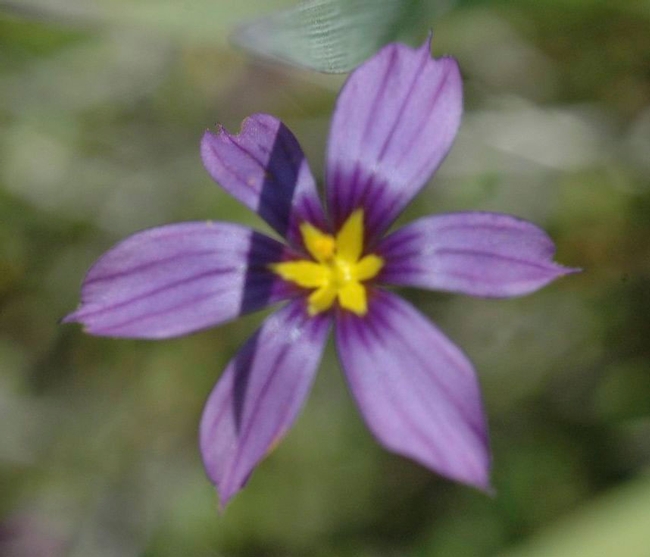Passive restoration of California Native Grassland and Coastal Sage Scrub
Private organizations and public agencies have done a great job of acquiring and preserving many thousands of acres of open space in Southern California as natural areas over the past few decades. But many of these properties are severely degraded and restoration to native vegetation has been challenging.
Passive restoration (just getting rid of the non-nativeplants so the remnant native population has a chance) is the simplest and least expensive approach. It has been tried frequently with variable success, mostly limited success in my opinion. As a relative newcomer (since 2000) to the habitat restoration arena (but with 20 years of research experience on weeds), I have tried to observe and learn from others. By 2005 I had concluded that one problem was the practice of killing weeds for one year and planting natives the next, which were swallowed up by the weeds as soon as it rained. My experience told me that the weed seed bank had to be eliminated or at least greatly diminished to give the natives a chance. So I set out to test my hypothesis.
In 2006 we were able to set up a field experiment at the County of San Diego Barnett Ranch Reserve near Ramona to see if concentrating on reducing the weed seed bank would bring back CSS habitat. My collaborators for this project were Edie Allen, CE Natural Resources Specialist & Professor of Plant Ecology; Milton McGiffen, Jr, CE Weed Specialist; Kristen Weathers, PhD candidate in Edie’s lab; and several students and technicians in Edie’s lab; all at UC Riverside. The County of San Diego provided space at the reserve and financial support for Kristen. The experiment was very simple; we set up two sites, one on a rocky/gravely south facing slope and another on a flatter area with clay loam soil. In each site we treated some plots with annual applications of glyphosate for four years applied in the spring and compared these to an untreated control. We also split each plot in two, one half was seeded with native shrubs and herbaceous perennials; the other half was not seeded. As they say, “the manuscript is in preparation” but we can share the basic results. By rigorously killing the weeds for four years, we saw an increase of native plant cover from about zero to 50% in the south-facing site. Over the course of the four years, we observed about 60 native forb and perennial species! The flatter site had similar results, but over time did not hold up very well. Oh yeah, the sowing did not work very well either, but it worked far better in the treated plots, the untreated plots had few to no shrubs emerge and survive.
Another experiment was established in 2007 to see if this approach would increase an extant but small population (≤ 2% cover) of purple needlegrass (Stipa pulchra, which by the way is the CA State Grass). In this experiment my collaborators were John Ekhoff, Biologist, CA Fish and Wildlife and Marti Witter, Fire Ecologist, National Park Service Santa Monica Mountains National Recreation Area. We tested several herbicides that might be able to kill the weeds and not do significant harm to the needlegrass. The herbicides were applied annually for three years and were sprayed broadcast (over everything in the area, including the needlegrass). There were eight different herbicides tested, some in combination with each other. We had one real hit, a combination of Fusilade DX and Garlon 4. This combination killed most of the annual grasses and broadleaf weeds. The result was an increase in cover from 0.5% in the untreated control to 20-30% in the treated plots. The plants were also larger and had greater foliage (biomass). Some of the other herbicide treatments showed some possible utility, but were not consistently effective and/or safe to the needlegrass. This research was just published in the California Native Grassland Association Fall 2013 newsletter, Grasslands. They have given me permission to post a pdf of the paper on my website for reading or download, it’s at; http://ucanr.edu/sites/socalinvasives/Research_Papers/Journal_and_other_peer_reviewed_papers/.
So I think that I can accept my hypothesis; kill the weedy annuals thoroughly for several years, do not let any of them produce seed and the natives will respond marvelously. My reward is seeing natives thrive, illustrated by the photos all taken at these sites over the past 7 years, including the solid cover of purple needlegrass below.

